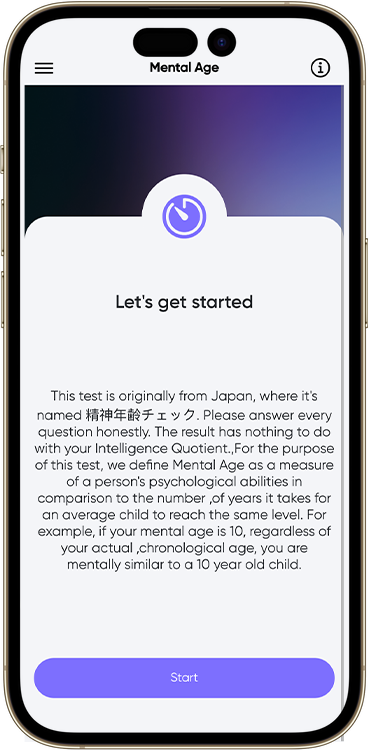In the ever-evolving landscape of technology, developers and businesses are constantly seeking innovative ways to understand and engage with their target audiences. One such advancement is age group classification, a sophisticated method that categorizes individuals based on their age. This process has given rise to age apps, applications designed to cater to specific age demographics by delivering personalized content and experiences. In this article, we will explore the concepts of age group classification and age range classification and how they have contributed to the evolution of age-targeted apps.
Understanding Age Group Classification:
Age group classification involves the categorization of individuals into specific age ranges based on a variety of parameters such as behavior, preferences, and interactions. The primary purpose of this classification is to gain insights into the diverse needs and characteristics of different age groups, enabling businesses and developers to create tailored products and services.
By understanding the distinct preferences and behaviors of various age groups, businesses can develop targeted marketing strategies, enhance user experiences, and optimize their offerings for specific demographics. Age group classification serves as a powerful tool for customization, ensuring that users receive content that is not only relevant but also resonates with their particular stage of life.
The Nuances of Age Range Classification:
Taking age classification a step further, age range classification refines the process by dividing the population into narrower segments. This approach allows for more precise targeting, acknowledging the unique characteristics within smaller age brackets. For example, a company may choose to develop different strategies for teenagers (13–17), young adults (18–24), and adults (25–34), recognizing the diverse preferences within these subgroups.
Age range classification facilitates a granular understanding of user behavior, enabling businesses to tailor their products and services with greater accuracy. This nuanced approach recognizes that the interests and needs of a teenager may differ significantly from those of a young adult or an individual in their thirties. By catering to these specific age ranges, businesses can optimize their offerings and create more engaging experiences.
The Emergence of Age Apps:
The integration of age group and range classification has given rise to age apps, applications designed to cater to the preferences and interests of specific age demographics. Social media platforms, streaming services, and gaming apps are among the pioneers in adopting age classification algorithms to enhance user experiences.
Social media platforms utilize age classification to curate content, ensuring that younger users are shielded from inappropriate material while providing older users with a broader range of content. Streaming services, too, leverage age classification to recommend age-appropriate movies and TV shows, creating a more family-friendly viewing experience.
In the gaming industry, age-appropriate apps have transformed the way games are designed and delivered. Games for children incorporate age-appropriate content and interactive features, while those targeted at adults may include more complex narratives and challenges. Age classification has become integral to tailoring gaming experiences to the diverse preferences of different age groups.
Challenges and Considerations:
Despite the undeniable benefits of age group and range classification, there are challenges and ethical considerations that must be addressed. The collection and processing of user data, especially age-related information, raises privacy concerns that demand robust safeguards to protect user confidentiality.
Ensuring the accuracy and fairness of age classification algorithms is another critical consideration. Developers must be vigilant to avoid perpetuating stereotypes or inadvertently excluding certain age groups. Striking a balance between personalization and privacy is essential to building trust with users and maintaining ethical standards.
Conclusion:
In conclusion, age group classification and age range classification have revolutionized the way businesses understand and engage with their target audiences. The evolution of age-targeted apps underscores the importance of recognizing and accommodating the diverse needs and preferences of users at different stages of life.
As technology continues to advance, developers and businesses must navigate the ethical considerations associated with age classification. Transparent and fair algorithms, coupled with robust privacy measures, are crucial to ensuring the responsible use of age-related data. The future of apps lies in striking a harmonious balance between customization and ethical considerations, ultimately providing users with personalized experiences that enhance their digital interactions.
For more information click here:
https://facebot.ediastudio.com/





Comments